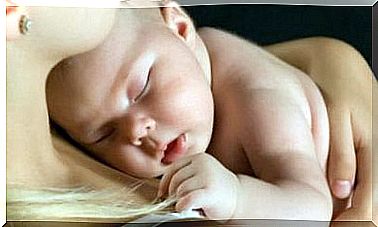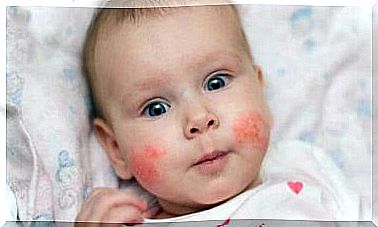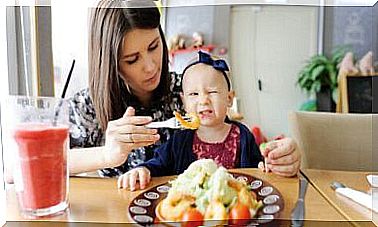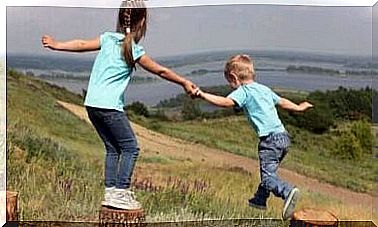6 Important Changes Between 2 And 3 Years Of Age
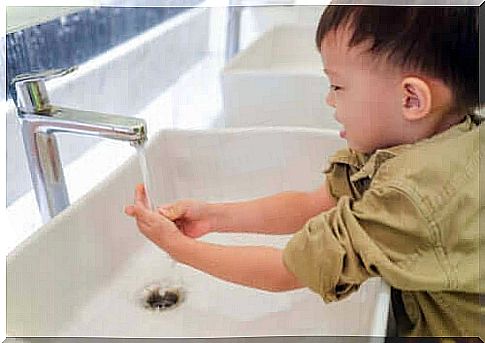
Between the ages of 2 and 3, our children go from being babies to becoming children. Therefore, we can expect children at this age to go through a variety of changes – cognitive, physical, emotional and social.
Want to know more about some of the most important changes happening at this age? Read on and we’ll tell you.
6 important changes between 2 and 3 years of age
In addition to growing physically, children between 2 and 3 years of age also mature cognitively. Many of their abilities generally develop at this age.
They also begin to relate to the outside world in a different way and gain autonomy and independence. They begin to be able to perform certain tasks that they could not do before. This also applies to tasks that they used to do with the help of their parents or other adults.
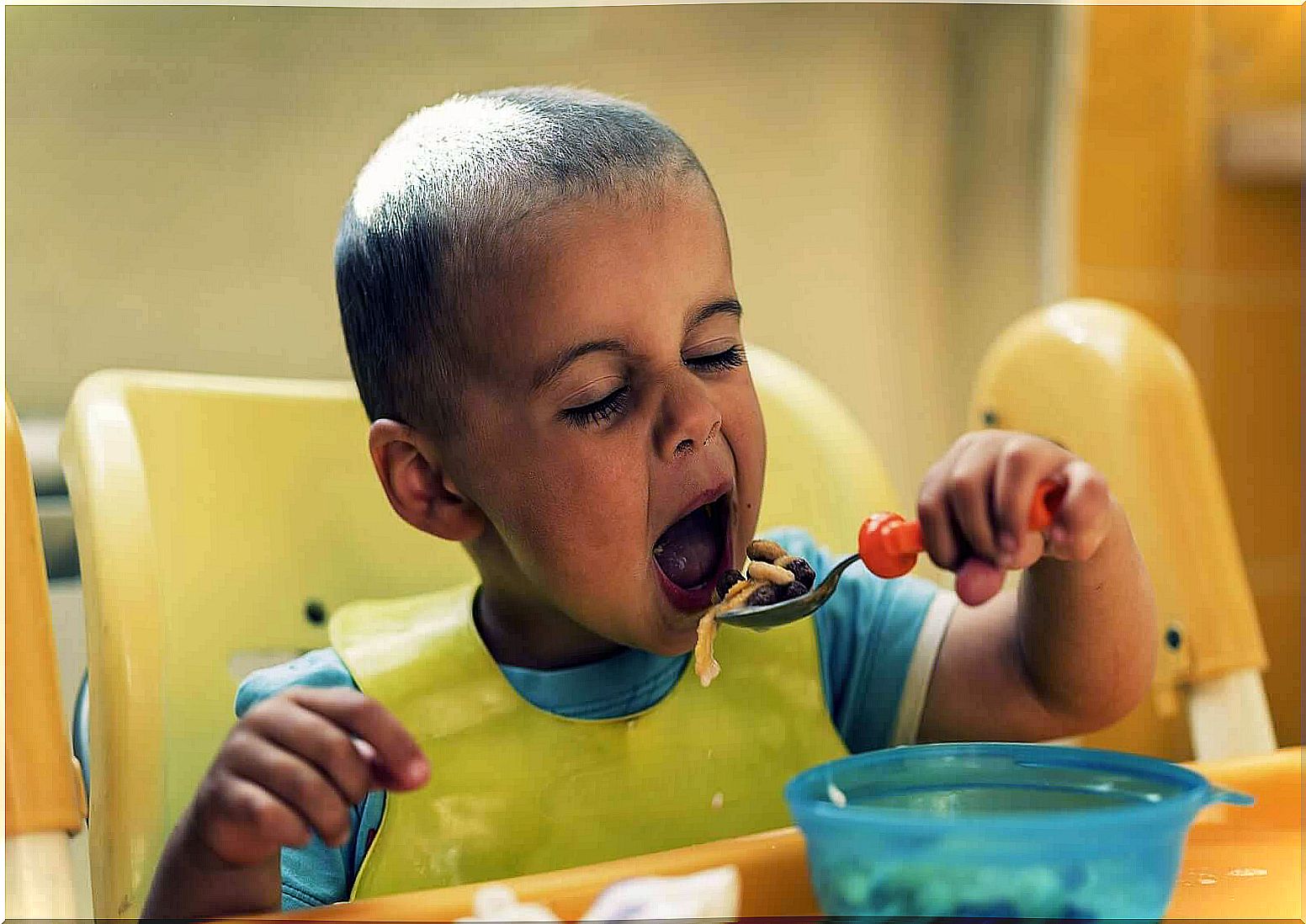
In this way, parents can see how their children change and become more and more willing to learn and acquire new skills.
Between the ages of 2 and 3, children learn to go to the toilet themselves
According to experts, children at the age of two can recognize the potty and the toilet. They can even use them properly. This provided that an adult has shown them how to do it.
When they are three years old, children usually ask to go to the toilet when they need to. They can even walk on their own, although they usually need help to dry themselves afterwards. In addition, they can wash and dry their hands once they have met their needs.
2. They achieve a certain independence when it comes to dressing
Most 2-year-olds know how to take off their shoes and pants if someone has unbuttoned them or tied them up first. At the age of 3, they become increasingly good at this. They learn to undress and get dressed with just a little help from an adult.
Between the ages of 2 and 3, children learn to eat independently
Another notable change between the ages of 2 and 3 is that children learn to eat with cutlery on their own. They may have some difficulty learning to fully master the use of cutlery, but over time they waste less and less food.
4. Their speech becomes more complex and understandable
During their second year of life, children use simple language. They base it on sentences they form by putting together a noun and a verb. For example: “Drink water” or “Mom is coming”. In addition, they answer simple questions, such as: “What are you doing?” , “What do you want?” , “Where is it?”.
But during their third year, their speech becomes more complex and understandable. Children learn to master virtually all phonemes and add verb conjugations, plural forms, pronouns and articles to their vocabulary. This causes them to improve their oral language. It enables them to tell others what they are doing, what they want or what is happening to them.
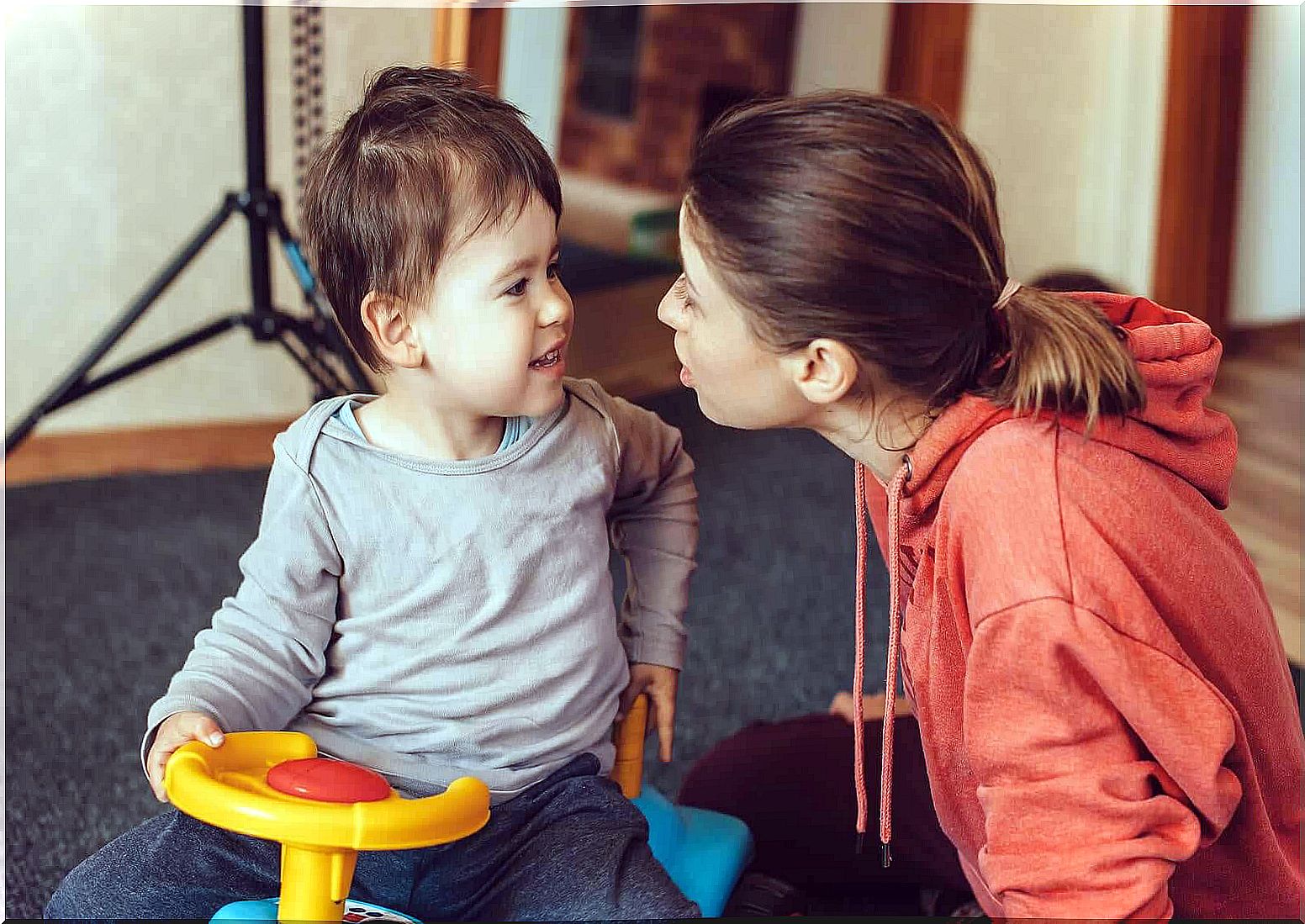
5. An extended social life
Between the ages of 2 and 3, most children start attending preschool, and they go from dealing exclusively with their family to interacting with other children and adults (educators / teachers).
So this is a time when, by significantly expanding their social life, they learn skills related to socially accepted norms and behaviors.
6. They start helping at home
Although it may seem early, children between 2 and 3 can start helping at home and learning to clean things up. For example, they can help pick up and put away their toys or set some simple items on the table, such as plates, napkins, spoons, etc.
Conclusion on changes between 2 and 3 years of age
Children between the ages of 2 and 3 undergo many changes in their lives. These changes also affect parents, who must accept that their children are growing up and not as dependent on them as they once were.
But even if you can not see any of the changes we have mentioned above at this age, you do not need to worry, because each child follows his own development and pace of learning.


